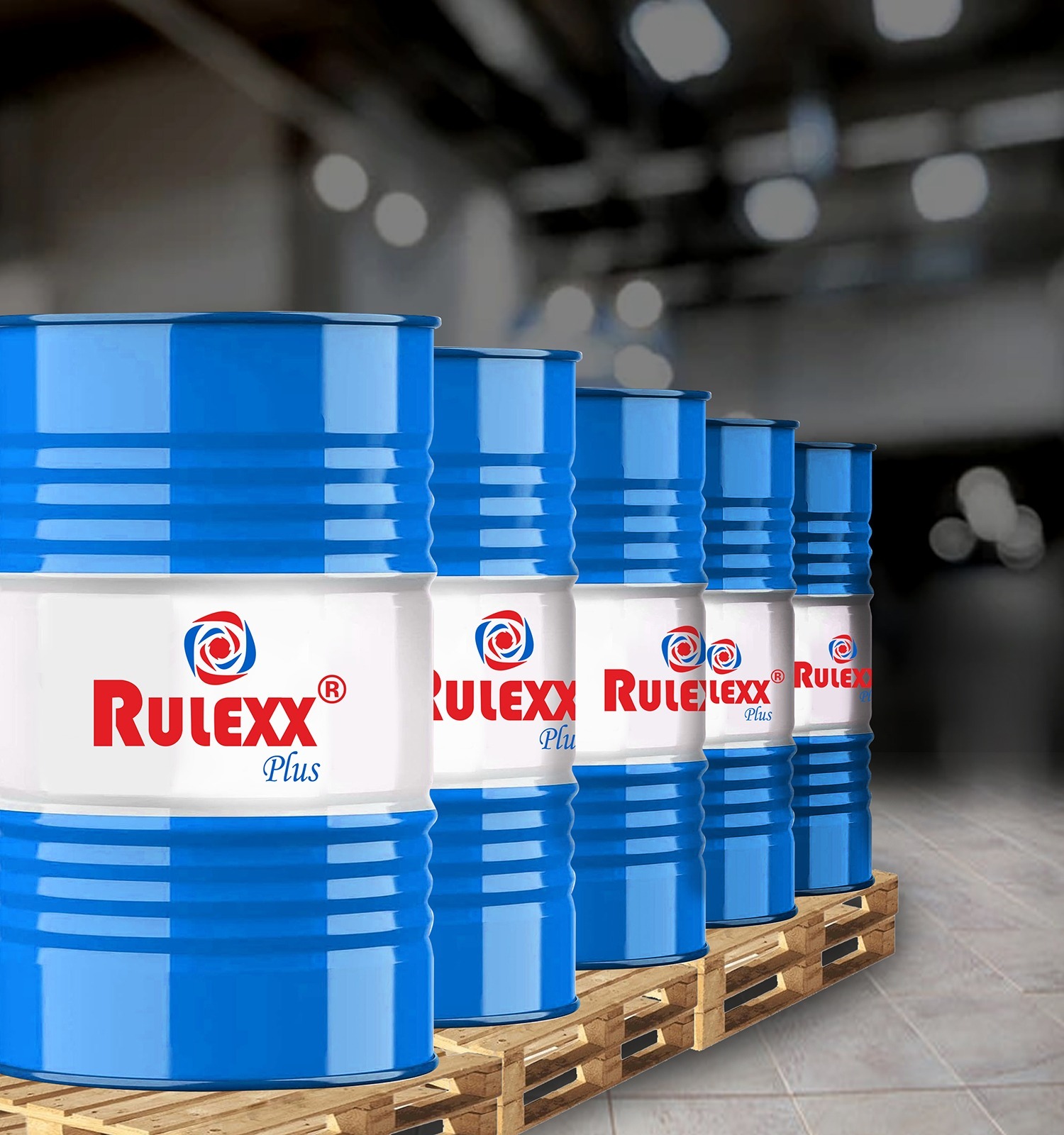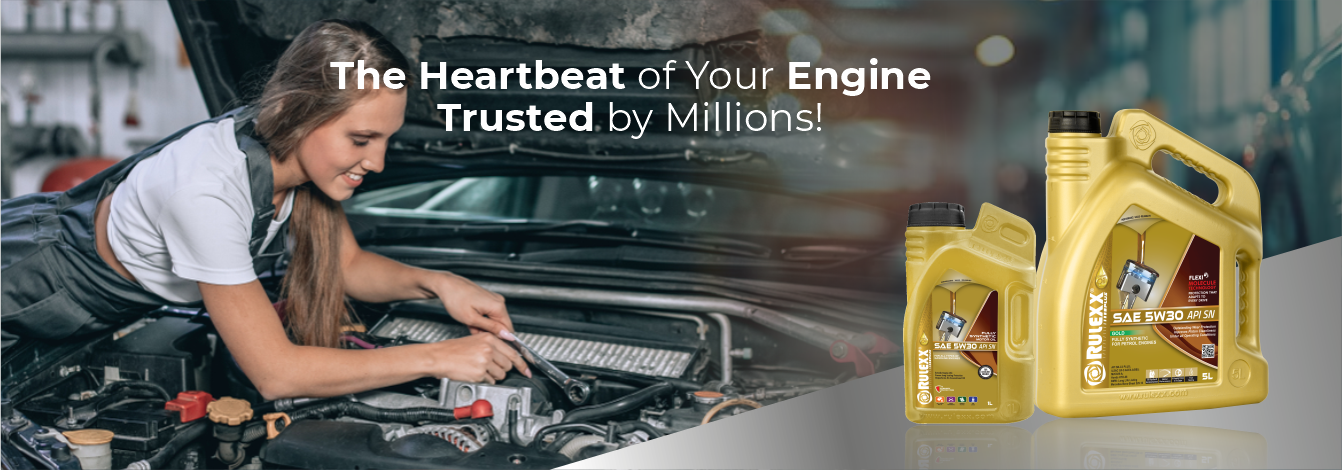
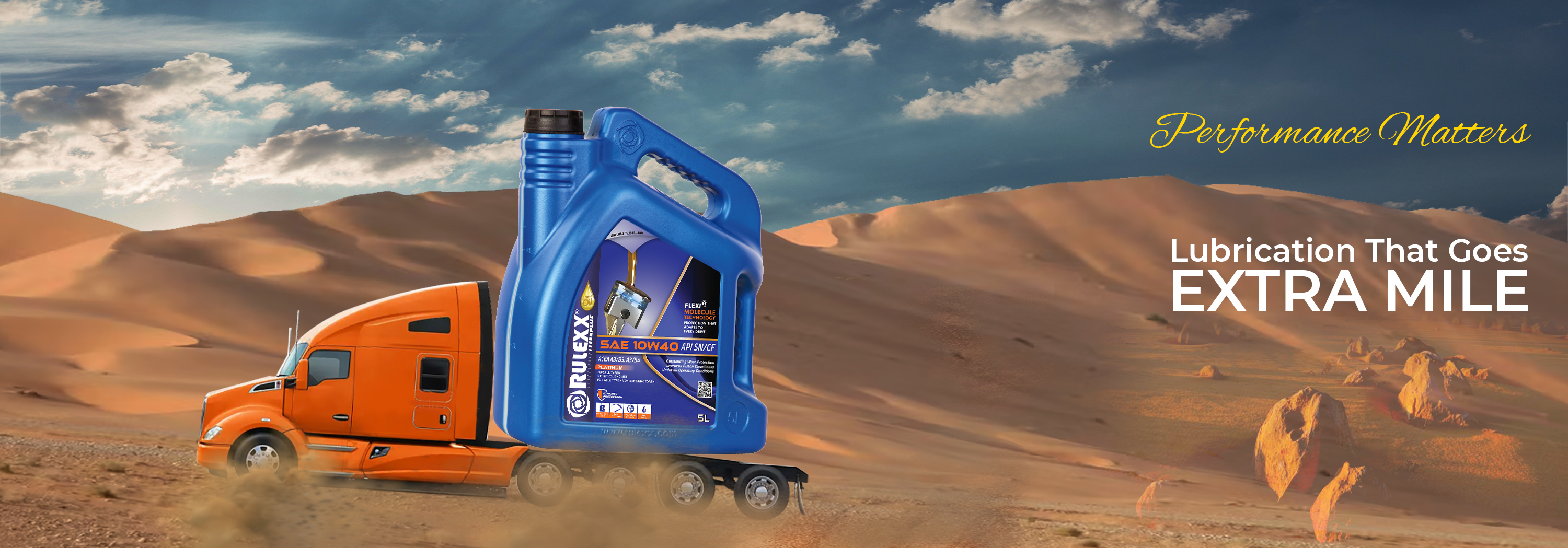
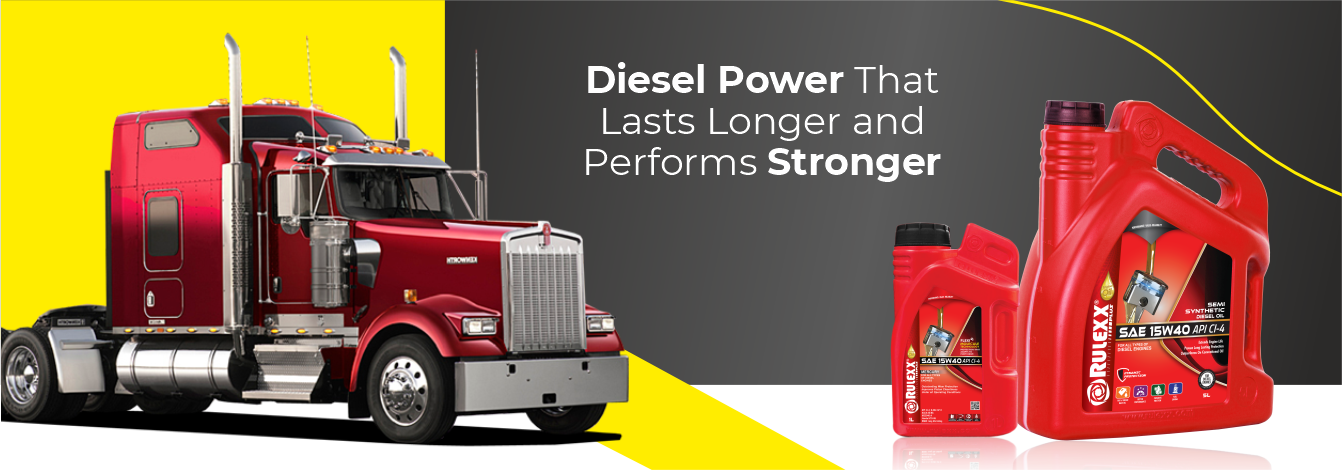
A High Quality Lubricants Services
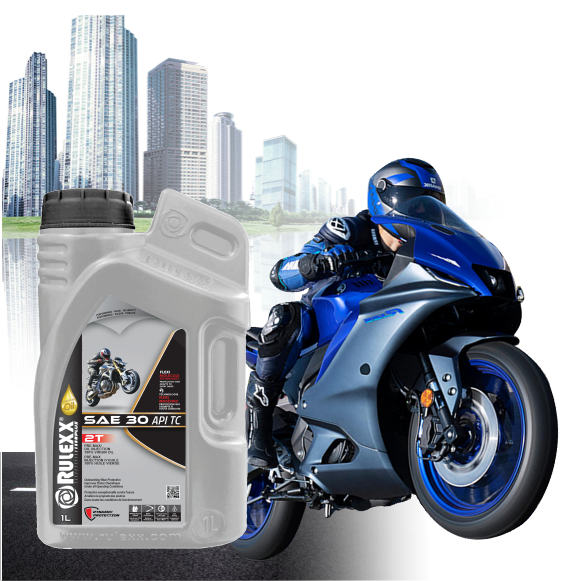
Lubricating The World
- Gear oil
- ATF
- Soluble Cutting oil
- Turbine oil
- Brake Fluids
- Spindle oil
- Hydraulic oil
- Heat Transfer oil
- Transformer oil
- Quenching oil
- Clutch oil
- Marine oil
Our Expertise

Automotive
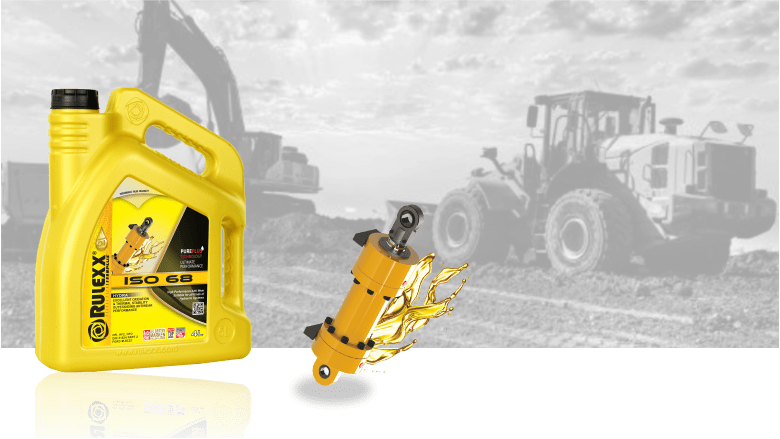
Heavy Duty
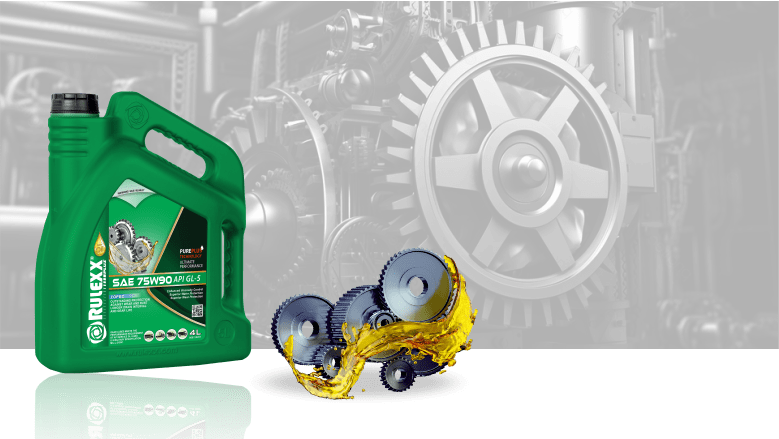
Industrial

Coolant
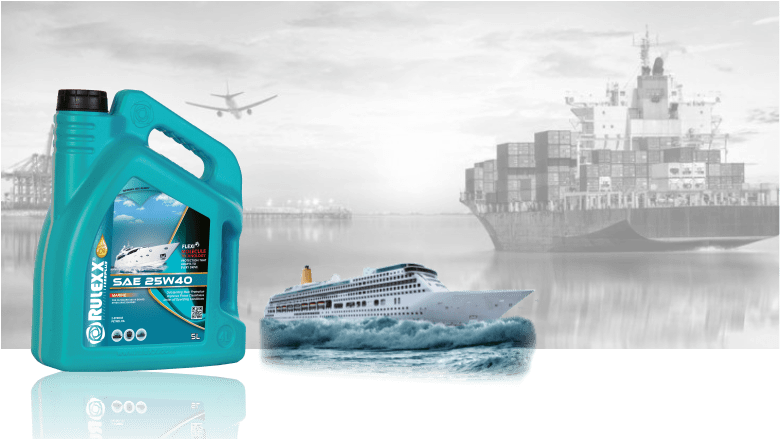
Marine Oil
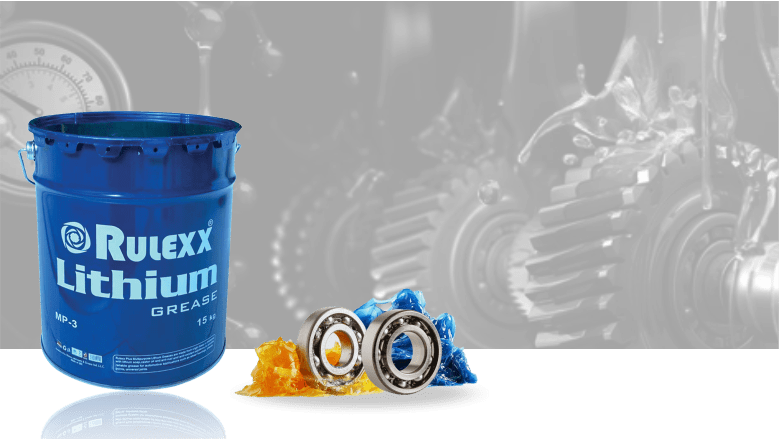
Grease
Engineered for Excellence, Perfected in Lubrication
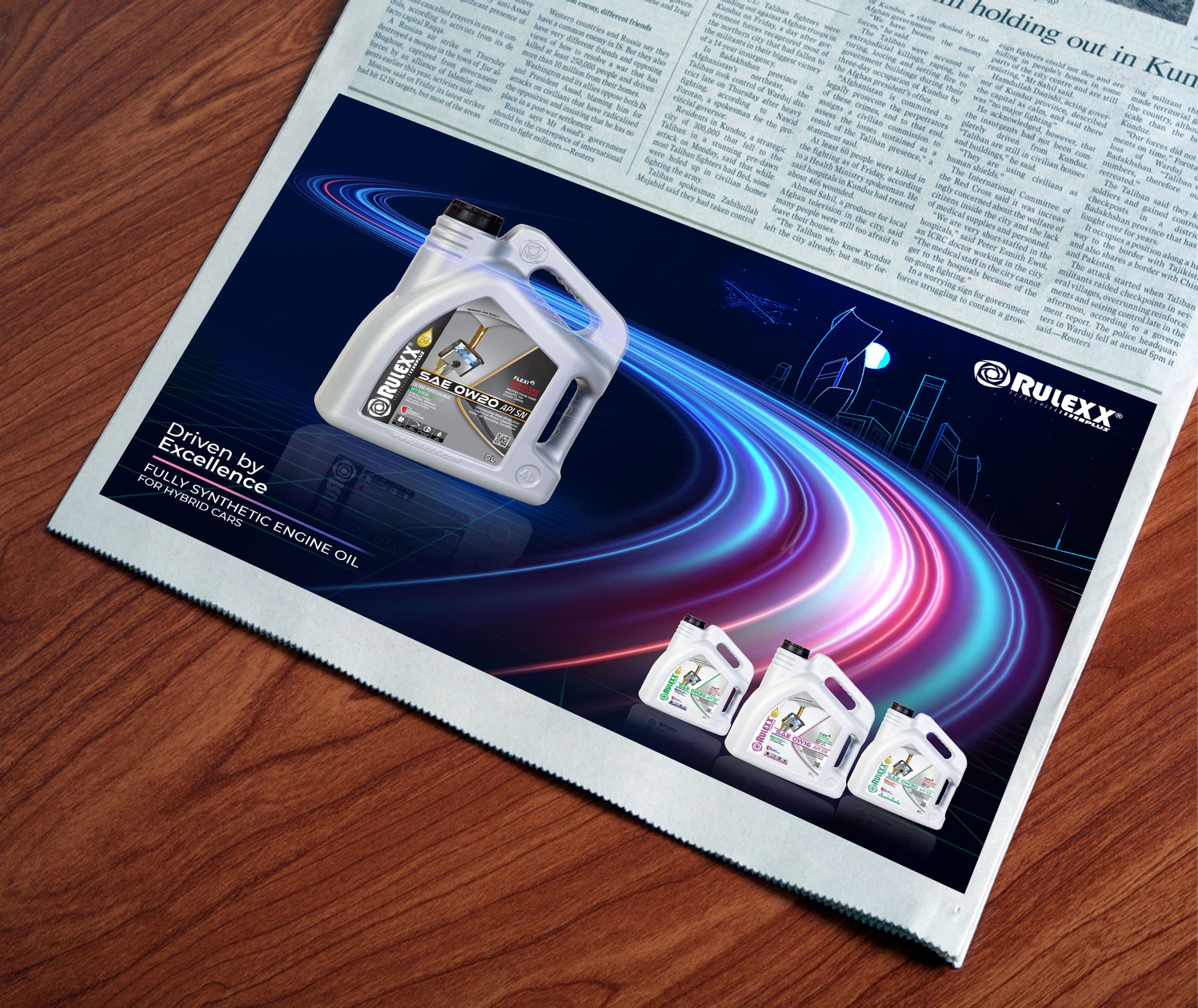
We work in partnership with workshop owners, agents, drop-shippers, and manufacturers to meet our clients’ demands. In addition to delivering high-performance products, we offer private labeling services, ensuring customized solutions that align with your brand’s identity. Together, we strive to provide excellence at every step, from production to final delivery
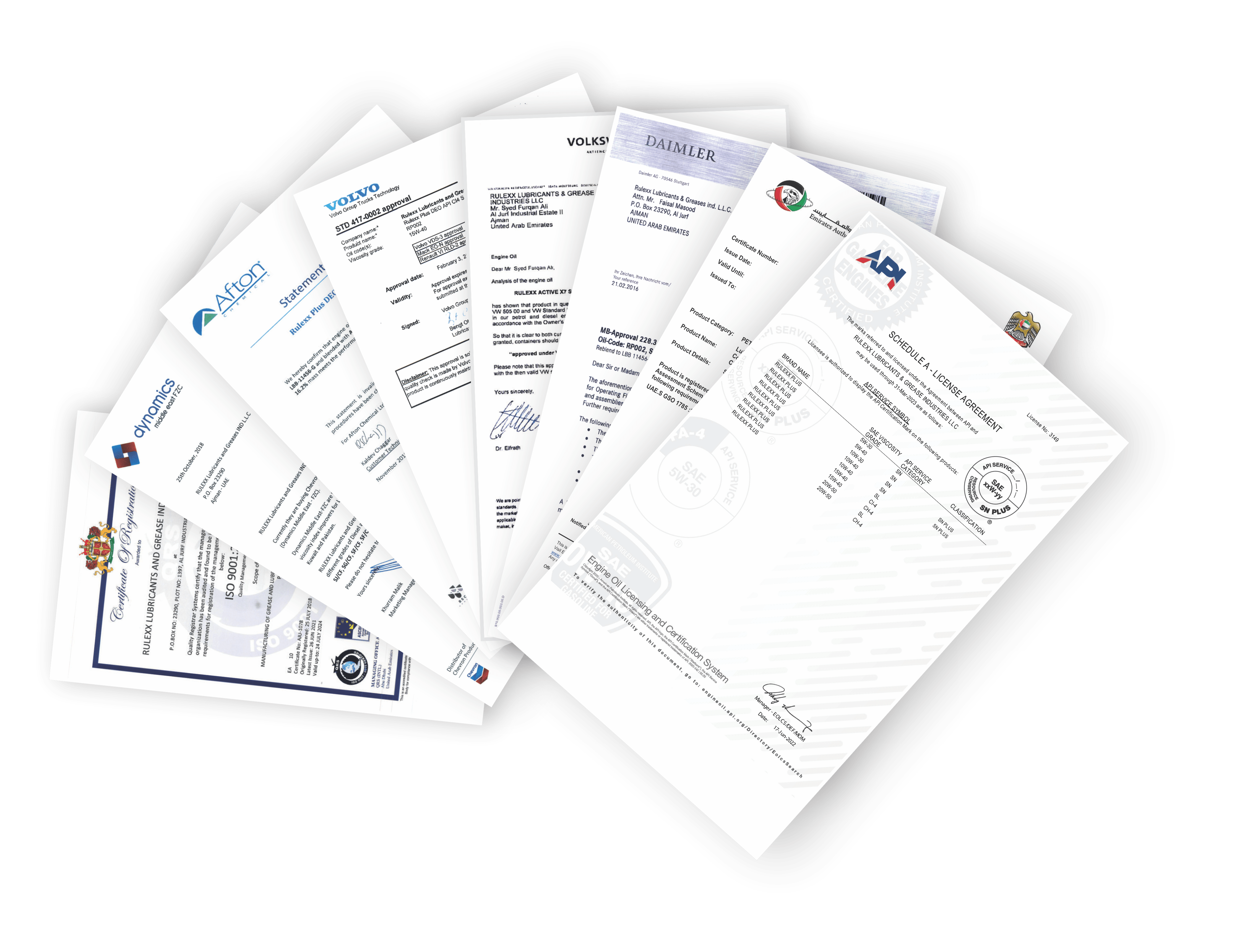
OEM & Other Certifications
Rulexx Plus Lubricants is proud to hold OEM approvals from leading manufacturers, ensuring our products meet the highest industry standards. Our lubricants are ISO certified, demonstrating our commitment to quality, safety, and environmental management. Additionally, we comply with API standards and REACH regulations, guaranteeing superior performance and sustainability across all our products.


